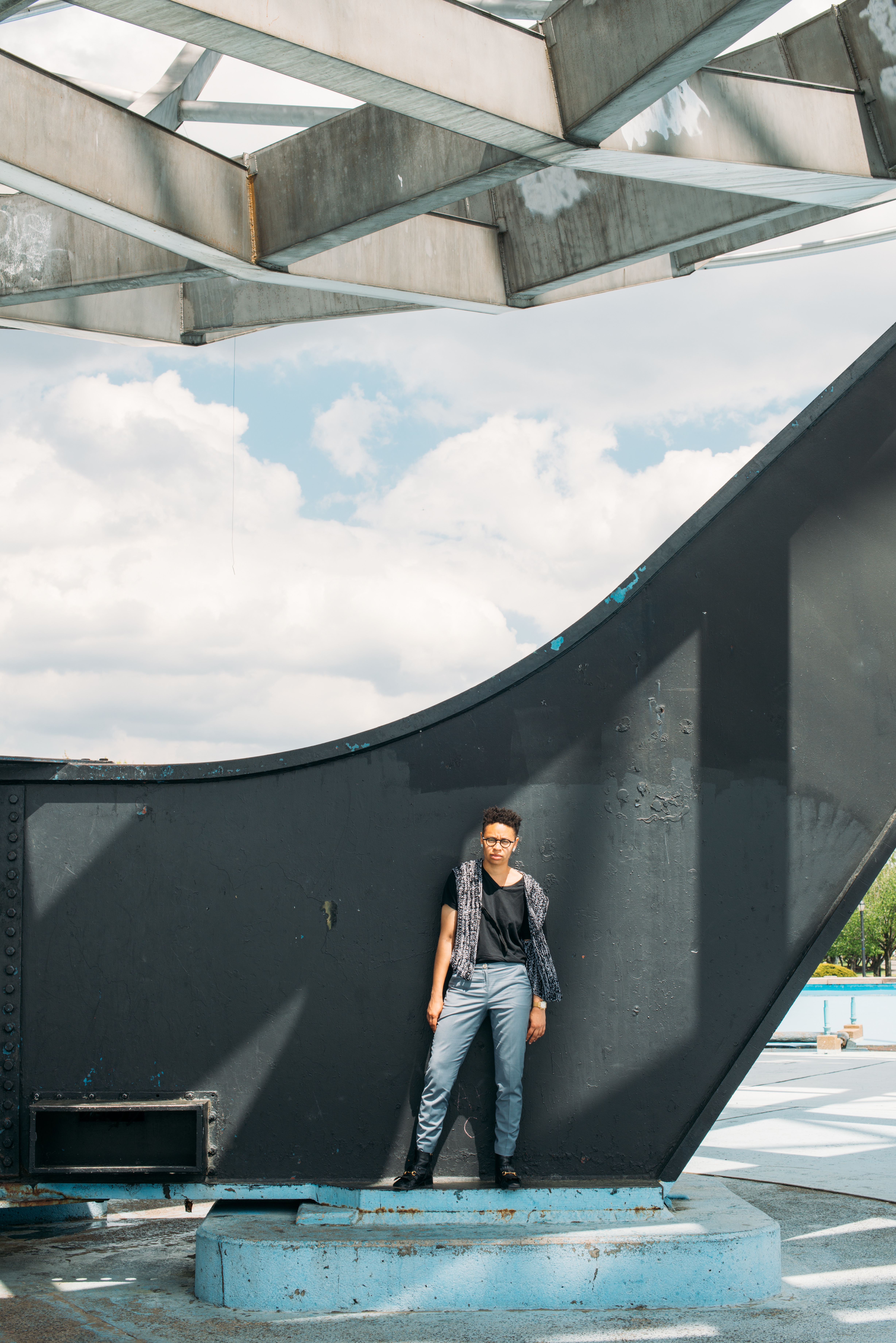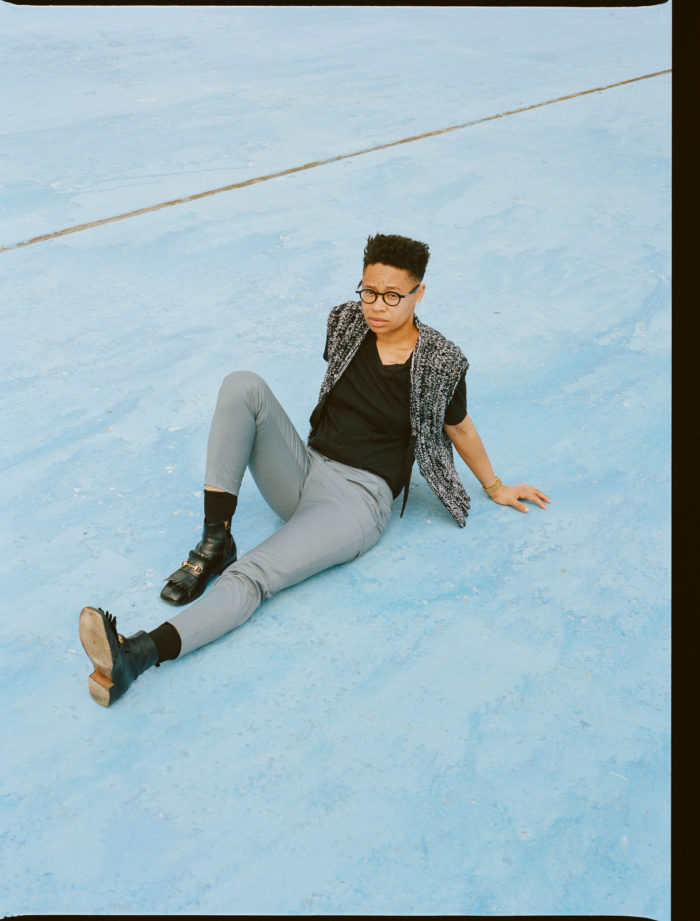
Sable Elyse Smith meets me at my apartment in Chelsea and we take the long E train ride to the Queens Museum. She’s on her way to an appointment with the curators for her upcoming show. I’m catching the artist during an eclipse between residences. Tomorrow, she leaves for Miami. “It’s been a journey,” she says of her nomadic life of late. “But I’m excited for the sunshine.”
When she isn't on the road, Smith is a New Yorker, a title she wears more comfortably than most. One could call Smith an artist, a writer or a teacher but those roles often blur. Her poems become her sculptures, her lessons become her essays.
My first encounter with Smith was at an Andrea Rosen Gallery show curated by Signal. I remember a sign that read: “My father was a drug dealer and loved me.” This is how Smith deploys language. She uses it to establish and destroy.

This sculpture resurfaces in my mind as we discuss her Queens Museum show opening in September, “Ordinary Violence,” which focuses on a very specific part of the artist’s biography: her father’s incarceration and her experience visiting him in prison.
“When people talk about prison, or mass incarceration, they are talking about statistics, they are talking about policy, they are talking about prison abolition, but they are not necessarily placing the more quiet interior narratives next to those things,” Smith says. “I feel like there is a tendency for the conversation to be large and abstract, but not actually think about how all bodies function in that space and what the residue is.”

Smith mines her own experiences visiting her father as a starting point for a larger discussion. She hones in on the visitor’s room as a space where free and incarcerated bodies intermingle. “At one point I noticed, as I walk through the threshold of the facility... I started doing things these unconscious modifications like changing my posture, lowering the volume of my voice, adjusting my clothing,” Smith explains. “I started to think about that and consider what are the other small gestures that I’m internalizing that I am not aware of.”
For the show, Smith performs some of these small movements in a nine-channel video that mimics a surveillance tape. It is one of several new videos that will be on display alongside photographs and sculptures.
One of the primary sources for the new work, is the mural wall that Smith encountered at each of the six prisons her father was moved to. Usually an image of a tropical landscape, rainforest or ocean, these murals are painted and staffed by inmates as a commemorative photo booth where prisoners must pay to take pictures with their families. It is a site that crystallizes for Smith the backward nature of the incarcerated labor system and the systematic corruption of safe spaces. In “Ordinary Violence,” Smith will reference the pastiche with manipulated family portraits and a long strip of green neon that feels vaguely tropical, but also clinical and fake. It will be Smith’s largest sculpture to date.
After her institutional show, Smith will prepare for her first solo show at Signal. I ask her if she has any specifics, but she can only speak generally for now. “I’m interested in trauma and violence, but not necessarily the catastrophic,” She says. “If you hear the word violence, you think about the images that proliferate in the media, I’m not pointing to that kind of imagery or narrative. What I'm most concerned with are invisible, quotidian, day-to-day type of violence and what is the accumulation of those small, miniscule transgressions in the body over time.”



